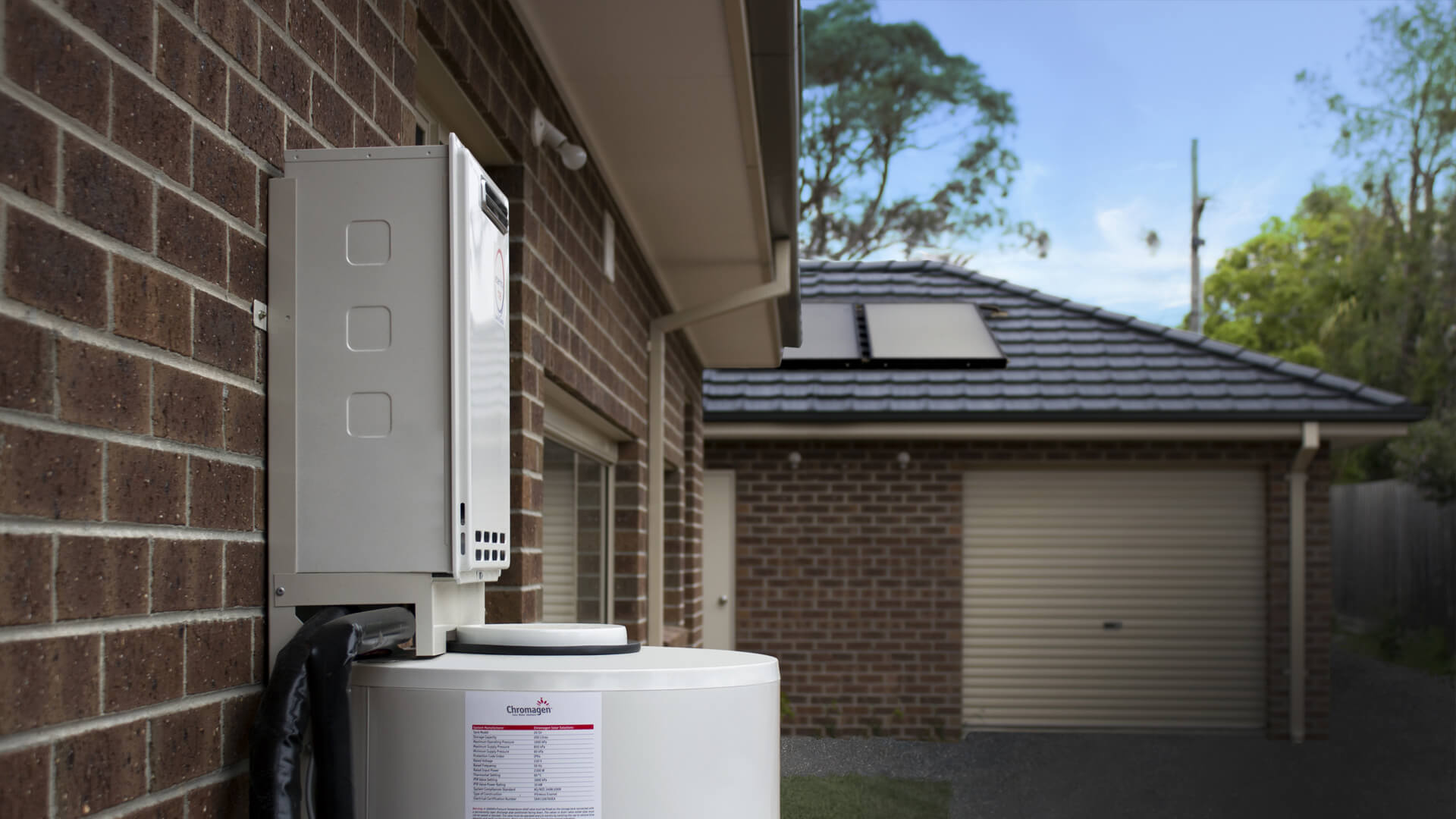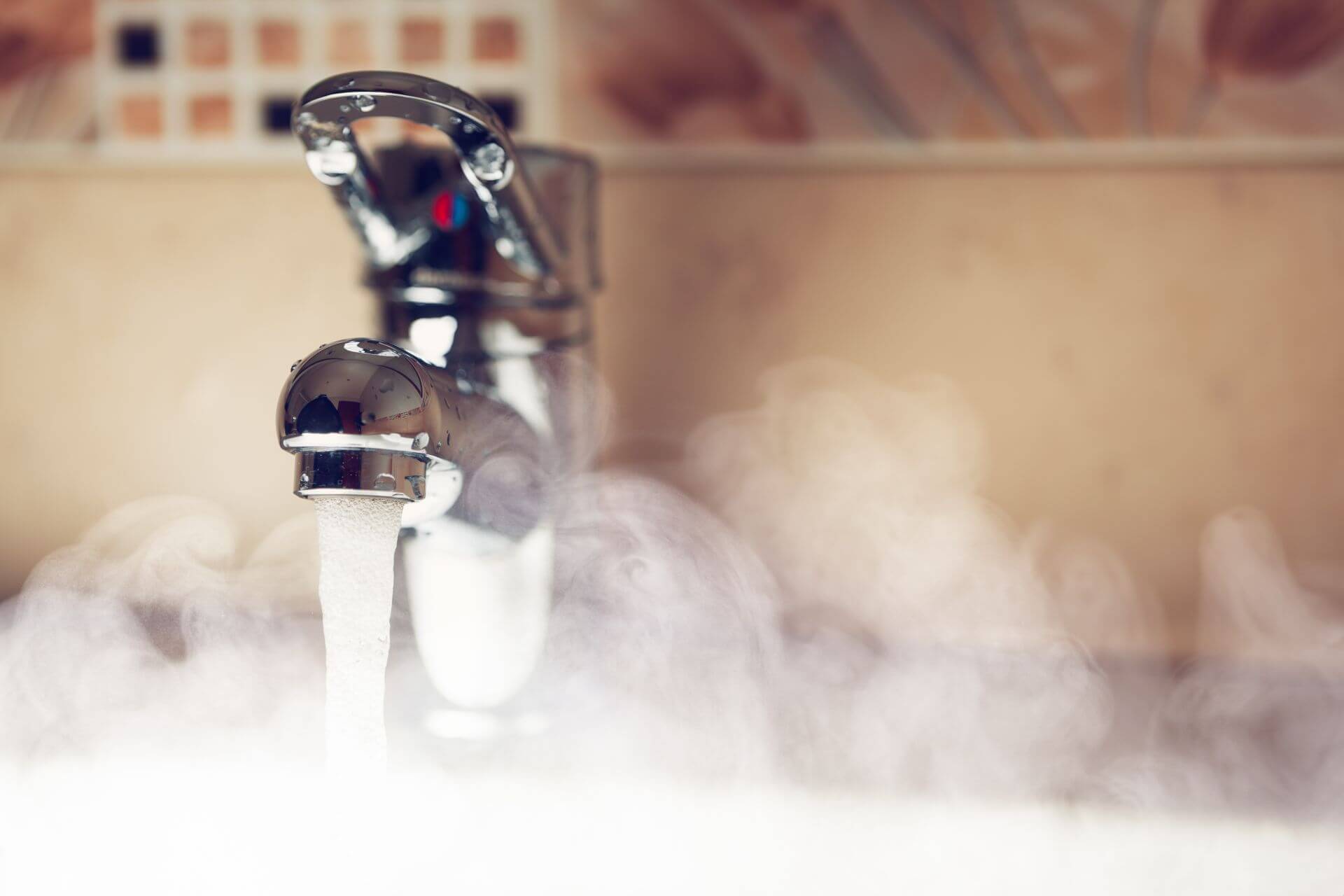Hot water is a vital necessity in our life, offering convenience and comfort. However, the presence of a blocked hot water system pipe could quickly transform this pleasure into a nightmare. With the right knowledge and applicable strategy, you can remove those blockages that have remained unresolved and restore hot water to your property yourself. In this blog post, we’ll guide you step-by-step through the procedure of clearing a Blocked Hot Water pipe making sure you have the necessary tools and methods at your disposal to tackle this issue in future.
Identifying The Blockage
The first step in removing the blocked hot water line is to determine the cause of the blockage. Here are some common indicators of a blocked pipe:
Reduced water pressure: If you experience a drop in pressure at the water taps in your home, it could be an indication of a blockage in your pipes.
Slow drainage: If your water is taking longer to drain, or leaves a residue in bathtubs or sinks, there could be a blockage in your system.
Sounds in the pipes: The sound of gurgling or rumbling emanating from your water pipes could be a sign of a blockage.

Preparing For The Task
Before beginning the process of clearing your pipes take the following tools with you:
Protective equipment: Wear protective gloves, safety glasses, and the appropriate clothing to guard yourself against possible dangers.
Shifters and pliers: They can aid in the dismantling and reassembling components of the hot water system.
Towels and buckets: Use these to collect any water that could leak during the process.
Plunger: A plunger can be effective in dislodging minor blockages.
Plumbing tape: A tape you can find at your local Bunnings or Tradelink to ensure connections are watertight.
Clearing The Blockage
Now that you’re prepared, we can begin how to get rid of the blockage in the pipe:
Step 1: Shut off the water supply. Locate and close the main valve that is supplying your water, and switch off the water supply. This will ensure that no water runs through the system when you are working on it.
Step 2 Drain the system. Open all hot water outlets and let the water remaining go out completely.
Step 3: Find the blockage. Inspect the affected pipes for obvious signs of blockage like debris or mineral buildup. Note the extent and location of the obstruction.
Step 4 Clearing minor blockages. Use the plunger that creates suction to lift the obstruction. Apply pressure with firmness and repeat the plunge repeatedly.
Step 5: Disassemble the pipes. If blockage is still there it is possible to take apart the pipes affected. Use the shifters or pliers on hand to take the connections off, one at a time. Keep an eye on the order and location of the pipes prior to reassembling. I recommend taking a photo of each step to use as a guide in rebuilding your pipe network.
Step 6: Clean the pipes. Once the pipes have been disassembled and inspected visually, they should be free of scale, debris or buildup of minerals. Clean the pipes with wire brushes or a mix of warm water and vinegar. Rinse thoroughly to eliminate any remaining residue.
Step 7: Reassemble the pipes. Reassemble them in reverse order of disassembly making sure that they are properly aligned and have secure connections. Make use of pliers or a shifter to connect the fittings and don’t forget proper use of plumbing tape on the seals to ensure it is watertight.
Step 8: Flush the system. Open the main valve to allow water to flow through the system once more. Clean the water system by turning the taps on and let the water flow for several minutes. This will help get rid of any remaining air pockets or debris. Remember to check for any leaks in the system and shut the water off immediately if you find any.
Step 9: Testing the system. Lastly verify the system by turning on water faucets, and then checking for the proper flow of water and pressure. If the issue continues it is advised to seek out professional assistance.

Preventive Measures
To avoid blockages that could occur in the future within your hot water system, take the following preventive steps:
Regular maintenance: Plan regular inspections and maintenance to detect and address potential issues prior to they becoming major issues.
Softening the water: In case you reside in a region with hard water, you should consider installing a softener in order to reduce the accumulation of minerals in the pipes.
Drain covers: Use drain covers or screens to stop debris from getting into hot water pipes.
Temperature adjustments: Beware of excessively high temperatures of water because they can result in mineral deposits and damage to pipes.
Additional Tips And Troubleshooting
Here are some additional suggestions and troubleshooting suggestions to think about when you encounter a blockage in your piping:
- If you have a difficult blockage that is not removed using a plunger or by cleaning the pipes, it’s best to consult an experienced plumber. They have the experience and the tools that are specifically designed to deal with more complicated blockages.
- If you take apart the pipes and observe any signs of damage, for example leaks or cracks it is recommended to replace the affected parts to ensure a stable and leak-free system.
- If you are not sure about a particular step of the process, or are having difficulties you are having, don’t be afraid to seek help from an expert or consult the manuals and guidelines of the manufacturer.
Conclusion
Clearing a blocked water pipe is a good solution provided you have the appropriate tools and some free time. If you follow the steps shown above, you should be able to diagnose and resolve blockages, take apart and wash the pipes and re-establish the flow of water throughout your home. Be sure to put safety first and, if you are unsure, consult an expert plumber. By taking preventive measures and ensuring regularly scheduled maintenance, you’ll be able to prevent the chance of blockages and get a steady flow of hot water.


